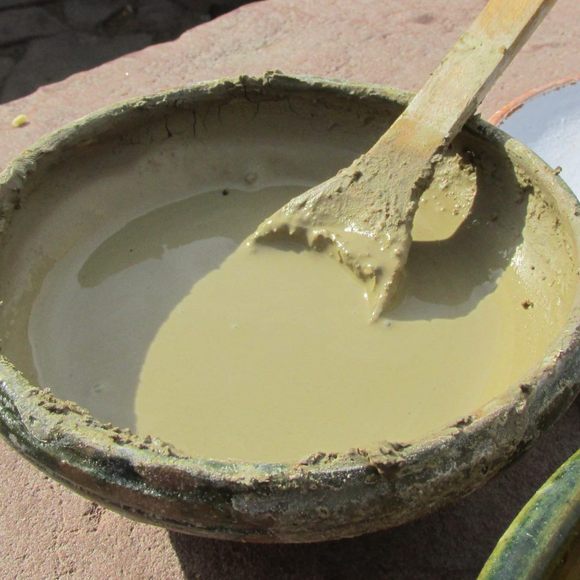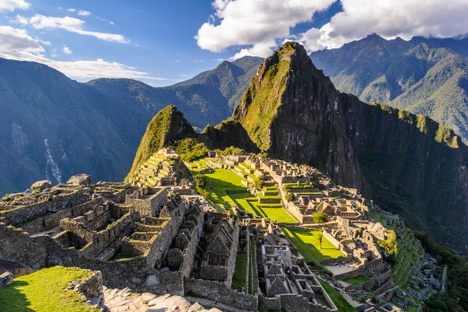Ingredients & Condiments
Arcilla de Chaco
In the Andean highlands, clay makes bitter potatoes more palatable.
In parts of the Andean highlands in Peru and Bolivia, you might come across people eating clay, or arcilla, with their potatoes. Known in native Andean languages as chaco (Quechua) or pasa (Aymara), the clay is high in calcium, iron, zinc, and copper. Many believe it also has medicinal properties.
How and why people started eating arcilla de chaco remains a mystery, but archaeological research suggests the practice of geophagy, or eating dirt, may have been common in the region for at least 2,500 years. Some researchers hypothesize that people may have first learned to eat clay by watching parrots do so at clay licks, which are found in various parts of Peru.
To make arcilla de chaco, Altiplano farmers mix sun-dried clay with water and salt until it forms a creamy paste. They typically serve it alongside various Andean tubers, including ulluco and freeze-dried chuño potatoes. The chaco helps to reduce the bitterness inherent in many highland potatoes, making them more palatable. More importantly, the clay might help to remove potentially harmful toxins.
Peru is home to thousands of native varieties of potato, many of which contain comparatively high levels of glycoalkaloids. These naturally occurring chemicals give the potatoes their bitter taste, and can also cause abdominal pain, diarrhea, and vomiting, even when consumed in small quantities. Recent research has demonstrated that chaco clay can absorb these chemicals, detoxifying the potatoes.
These studies support what traditional Andean medicine has purported for years. Rural farmers in Peru and Bolivia have eaten clay to prevent and treat indigestion, stomach ulcers, and other digestive disorders. And even if the potatoes they are eating are not bitter, it has become a deep-rooted custom to dip them into bowls of salty arcilla de chaco.
Written By
 Tony Dunnell
Tony Dunnell
Edited by
Sources
- www.ncbi.nlm.nih.gov/pubmed/25875525
- munchies.vice.com/en_us/article/wnbp4z/why-perus-altiplano-farmers-eat-clay-with-their-potatoes
- www.npr.org/sections/thesalt/2017/11/28/564866619/the-ancient-andean-tradition-of-eating-clay-may-have-helped-to-protect-health
- onlinelibrary.wiley.com/wol1/doi/10.1002/gea.3340080506/abstract
- www.scielo.org.pe/scielo.php?script=sci_arttext&pid=S1022-51292015000100013
- www.fondazioneslowfood.com/en/ark-of-taste-slow-food/chaco/
- www.ncbi.nlm.nih.gov/pubmed/22761137
- link.springer.com/article/10.1007/BF01012098














